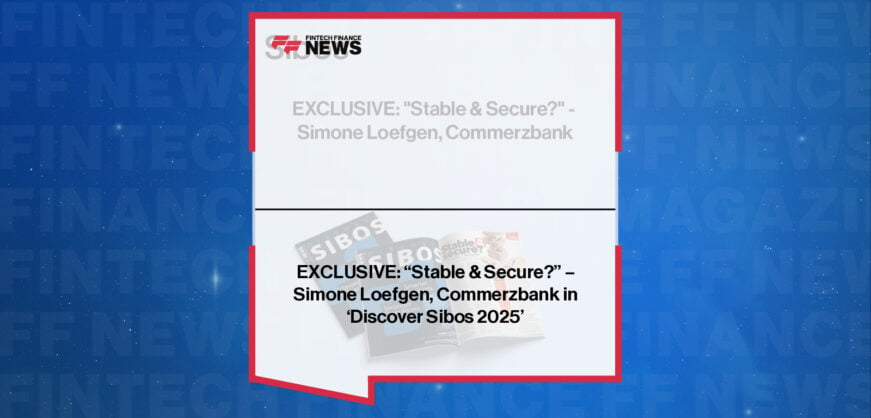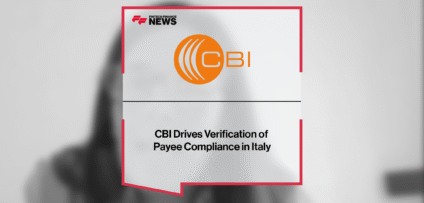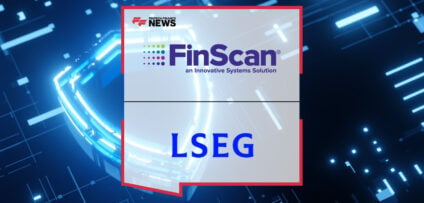Breaking News
Big Bang Modernisation Possible with Evolutionary Architecture | iGCB | Money20/20
Big Bang modernisation is possible with an evolutionary approach to core systems.
At Money20/20, we spoke to K Srinivasan, President and Head of UK and Europe for iGCB Intellect Design Arena Ltd, who shared insights on modern banking transformation strategies.
He weighs up the different approaches to modernising your core, and points out that gradually implementing new technology may be the only way forward. Find out what he means by evolutionary architecture and hear about some of the work they’re doing in Hungary and Austria in our latest interview from the conference.
Big Bang vs Progressive Transformation
At the heart of core banking transformation is the question of whether to go for a Big Bang or Progressive Transformation. Srinivasan points out that the choice between these approaches largely depends on the bank’s size and the challenges they face.
As you can expect, traditional, larger banks often favour progressive transformation due to the inherent risks and uncertainties associated with a complete and radical overhaul. This method involves implementing next-generation solutions incrementally to minimise risk. In contrast, smaller banks and neo banks, which do not have legacy systems, may find a Big Bang transformation more feasible.
When asked about his preferred approach in the current climate, Srinivasan leaned towards progressive modernization while coexisting with the older software. This strategy allows banks to retain the benefits of their existing systems while gradually deploying new ones, thereby protecting previous investments. Over time, this method can facilitate a complete transformation of the technological stack. He also mentioned a multi-core strategy in core banking modernization, which enables new customers to migrate seamlessly, depending on the bank’s overall strategy.
The inevitable shift to newer technologies
Srinivasan emphasised that regardless of the chosen approach, banks must prepare for an inevitable shift to newer architectures and platforms. He advocated for evolutionary architecture, something iGCB are experts at, which minimises upfront investments and meets business requirements more swiftly. Key components of this strategy include composability, layering, and adopting a multi-vendor approach, which collectively ensure that banks can adapt to future technological changes effectively.
We also asked them about what they’ve been up to recently. Illustrating successful transformations, Srinivasan noted that Intellect Design Arena has begun engaging with a bank in Hungary to modernise its core banking systems by launching the next generation of their digital core. Similarly, they are in the process of implementing a next-generation solution for a bank in Austria. While these projects are still in progress, they represent significant steps towards modernising banking infrastructure in Europe, and Srinivasan anticipates being able to share more success stories soon.
Watch the interview above to find out more.
People In This Post
Companies In This Post
- EXCLUSIVE: “Stable & Secure?” – Simone Loefgen, Commerzbank in ‘Discover Sibos 2025’ Read more
- CBI Drives Verification of Payee Compliance in Italy Read more
- Lastro Secures $15M Series A Led by Prosus Ventures to Scale its AI Agent, Empowering Over 2M Homebuyers Read more
- Evertec Announces Closing of Controlling Stake in Tecnobank, Expanding Product Offering in Brazil Read more
- EXCLUSIVE: “Scaling Safely – Without Debanking” – Imam Saygili, Flagright in ‘The Fintech Magazine’ Read more


















